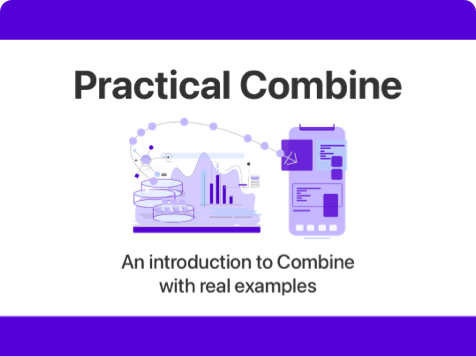Implementing a one-way sync strategy with Core Data, URLSession and Combine
Published on: August 24, 2020A common use of a Core Data store is to cache data from a remote resource locally to support offline functionality of an app. There are multiple ways to implement a caching mechanism and many of them don’t involve Core Data. For example, you could simply fetch a JSON file from a server and store […]
Read post

